Manna Dey – Chale Ja Rahein Hai….: 1957-2
 Manna Dey, a.k.a. Prabodh Chandra Dey, (1 May 1919 – 24 October 2013)’s classical training and ‘too clear, open’ voice seemed to over-qualify him to be a popular singer. Not that he never sang for the heroes. If he had lent his voice to some of Raj Kapoor’s most iconic songs right from Aawara (1951) till Mera Naam Joker (1970), one can see several songs that had so successfully lent his voice for Rajendra Kumars, Manoj Kumars during their initial years.
Manna Dey, a.k.a. Prabodh Chandra Dey, (1 May 1919 – 24 October 2013)’s classical training and ‘too clear, open’ voice seemed to over-qualify him to be a popular singer. Not that he never sang for the heroes. If he had lent his voice to some of Raj Kapoor’s most iconic songs right from Aawara (1951) till Mera Naam Joker (1970), one can see several songs that had so successfully lent his voice for Rajendra Kumars, Manoj Kumars during their initial years.
The year 9157 can be said to quite unique for HFM. Almost all the major composers of this decade each had one or more films in 1957. The year, 1957, though quantitively being quite productive for Manna Dey, too. The year has quite famous and equally varied mood songs like Kaun Aaya Mere Man Ke Dware (Dekh Kabira Roya – Lyrics: Rajendra Krishna – Music: Madan Mohan), Ho Umad Ghumad Ke Aayi Re Ghata (Do Aankhein Barah Haath – with Lata Mangeshkar and chorus – Lyrics: Bharat Vyas – Music: Vasant Desai), Gujariya Katai Jaye Re, Umariya Ghatati Jaaye Re (Mother India – Lyrics: Shakeel Badayuni- Music: Naushad). These songs are filmed on the lead actor of the film. And yet, Manna Dey still remains type-cast case that never became a hero’s singer. He never made anyone successful. He was always called to sing the song because the song was meant to be sung by him.
Our present series Chale Ja Rahen Hai is our tribute to Manna Dey to refresh the universal appeal of his voice by specifically choosing the so-called less popular, less-heard songs. Till now, we have covered Manna Dey’s less popular, less-heard songs for the years –
1942 – 1946 in the year 2018.
1947 – 1950 in the year 2019.
1951 – 1953 in the year 2020
1954-1955 in the year 2021,
1956 in the year 2022, and
1957 Part 1 in the year 2023.
Presently, we will cover some more films for the year 1957 which have Manna Dey Songs.
Bairan Ho Gayi Raina – Dekh Kabira Roya – Lyrics: Rajendra Krishna – Music: Madan Mohan
Manna Dey has one more classical raag – Jayjaywanti – based song. The song may not have been as popular as Kaun Aaya Mere Man Ke Dware, but remains a very high point in Manna Dey’s portfolio.
Asides:
Even for some one like us, not conversant with classical music, it is interesting to listen Narayanrao Shahane render the song in its more traditional style.
In another instance, the mukhda of the song remaining similar, Dr. Prabha Atre has rendered the song in thumri style in Raag Mishra Kanakaangi
Din Holi Ka Aa Gaya Rang Dalo – Ek Gaon Ki Kahani – with Lata Mangeshkar and chorus – Lyrics: Shailendra – Music: Salil Chowdhury
The hero of the film, Talat Mahmood, perhaps not much suited to act in the songs like, the situation is so arranged that other character actors take over the boisterous celebration of the festival.
Salil Chowdhury’s choice of Manna Dey as the male voice is quite obvious.The song is rendered on several male actors, but the background voice remains that of Manna Dey.
Chhuk Chhuk Chhaiya Khub Teri Gadi Wah Dekho Saiya – Laal Batti – Lyrics: Majrooh Sultanpuri – Music: Salil Chowdhury
The lyrics of the song has heavy dose of socialism, as was the trend those years.
Desi Kya Bideshi Gora Bhi Kitna Achcha Kaala Bhi Kitna Sundar, Yaaron Hui Kaisi Paschhim Ke Man Pe Dala Poorab Ka Jaadu Mantar – Laal Batti – with Shmashad Begum – Lyrics: Majrooh Sultanpuri – Music: Salil Chowdhury
On one hand if it was socialism, Rock n Roll was another spice to be added to the varied-masala formula of the Hndi films. Salil Chowdhury, too, seems to be comfortable to rise to the commercial demands. Nonetheless, he has created a song that lingers in our mind for its different style of singing…..
Tedhi Tedhi Hamse Phire Saari Duniya.. Har Koi Najhar Bachake Chala Jaye Dekho … Jane Kahe Hamse Kate Sari Dunia – Musfair – with Shamshad Begum – Lyrics: Shailendra – Music: Salil Chowdhury
Even as we recall the aside trivia of the film being maiden directorial venture by Hrishikesh Mukherjee, maiden acting venture for Keshto Mukherjee (playing the role of autistic handicapped person) and the second cameo – quite polished at that – appearance by Shailendra (first being Chali Kaun Se Desh – Boot Polish, 1954), this song also rivets the attention as it is played on the screen. BTW, the actress is Heera Sawant.
Asides:
Surprisingly, Manna Dey and Shmshad begum have only 6 songs together –
-
-
- Phoolon Ke Sapna Dekhnewaale – Girls’ School (1949) – Lyrics: Pradeep – Music: Anil Biswas
- Aisa Chakma Diya Kisine – Chamkee (1952) – Lyrics: Pradeep – Music: Manna Dey
- The present song from Musafir.
- Sun Sun Ri Gore Mukhdewaali – Miss Punjab Mail (1958) – Lyrics: Zaibunnisa – Music: B N Bali
- Dukh Bhare Din Beete Re Bhaiya – Mother India (1957) – with Mohammad Rafi, Asha Bhosle – Lyrics: – Shakeel Badayuni – Music: Naushad
- Peeli Peeli Sarson Phooli Peeli Ude Patang – Upkar (1967) – with Mahendra Kapoor, Asha Bhosle – Lyrics: Gulshan Bawra – Music: Kalaynji Anandji
-
Allah Nigehban Safar Hai Ummido Ki Nishani Nain Manzil Hai Naya Danapani – Jahaji Lutera – with Asha Bhosle – Lyrics: Sartaj Rahmani – Music: Bulo C Rani
Even though music director is of no less caliber, the film being a B/C grade subject film, most of the songs remain obscure.
Tan Ke Tambure Mein Do Saso Ke Taar Bole, Jai Radhe Shyam Shyam, Jai Sita Ram Ram – Janam Janam Ke Phere – Lyrics: Bharat Vyas – Music: S N Tripathi
Even as one would not like make a comparison, it is difficult to resist the mileage that Mohammad Rafi background solo, Ye Hai Janam Janam Ke Phere did get in the public view.
Rang Birange Phulo Ki Jhume Re Daliya Kali Kali Aankho Ke Chhalke Re Piyaliya Tu Pyar Ka Taar Tod KahaN Chale Re, Aisi Pyari Dunia Ko Chhod KahaN Chala Re – Janam Janam Ke Phere – with Geeta Dutt – Lyrics: Bharat Vyas – Music: S N Tripathi
Mohammad Rafi – Lata Mangeshkar duet Jara Samne To Aao Chhaliye was the chartbuster song of the year. And yet, it did not help the career graph of S N Tripathi. So why rues fate of Manna Dey!
Peepal Tale Ghar Mera Kabhi Bhule Se Maro Saajan Phera – Jeevan Saathi – with Sudha Malhotra – Lyrics: D N Madhok – Music: Bulo C Rani
Unlike Jahaji Lutera, this a social theme film movie. The star cast – Ashok Kumar,Usha Kiran, Anoop Kumar, Pratima Devi, Daisy Irani, Shammi, Murad, Jabeen Jalil, Amarnath etc- was formidable enough. But, if the fate has decided to be of no help, nothing seems to work.
Ding Ding Daiya Chale Purwaiya Chale Wahiya Wahiya ho …. Kali Ghataye Aakash Mein Ghir Ghiir Aai Naiya Meri Dagmag Hoke Dole ji – Jay Ambe – with Lata Mangeshkar – Lyrics: Bharat Vyas – Music: Shivram
This is certainly a pleasant to listen composition
Matlabi Yaar Kiske, Khaya Piya Aur Khiske – Jasoos – with Asha Bhosle – Lyrics: Indeewar – Music: Anil Biswas
This is a rather too complicated a composition to be even remembered even after the song was over as the film was being screened in the theatre.
Since most of the songs are quite less known, we will pause our present episode here so as to allow the songs of the present episode to soak in.
We will continue remembering Unforgettable Songs that seem to Fading away from our Memories every second Sunday of the month ……..
Disclaimer: All images are sourced from net and videos from You Tube. All copyrights of the respective image/ video clip remain with the original owner of the image.

 Bhanu Gupta’s first brush with musical instrument was also, an error, error of luck. Because of his working knowledge of Japanese language, during WWII, Bhanu Gupta got the job of translator at a monthly wage of Rs. 400/- to help interaction between Japanese soldiers and the Burmese local traders. As a chance happening Bhanu saw a British soldier playing harmonica (the mouth organ) during his the then visits to the Rangoon Port. He started learning the instrument and mastered it in so short time, that the British soldier gave that harmonica as a gift to Bhanu when his ship sailed out from Rangoon.
Bhanu Gupta’s first brush with musical instrument was also, an error, error of luck. Because of his working knowledge of Japanese language, during WWII, Bhanu Gupta got the job of translator at a monthly wage of Rs. 400/- to help interaction between Japanese soldiers and the Burmese local traders. As a chance happening Bhanu saw a British soldier playing harmonica (the mouth organ) during his the then visits to the Rangoon Port. He started learning the instrument and mastered it in so short time, that the British soldier gave that harmonica as a gift to Bhanu when his ship sailed out from Rangoon.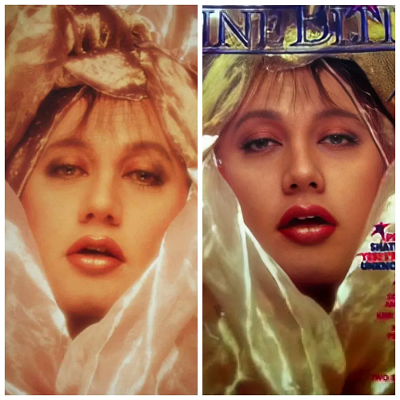
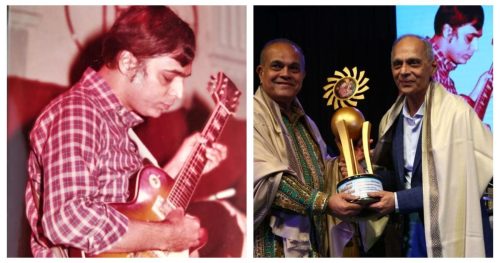
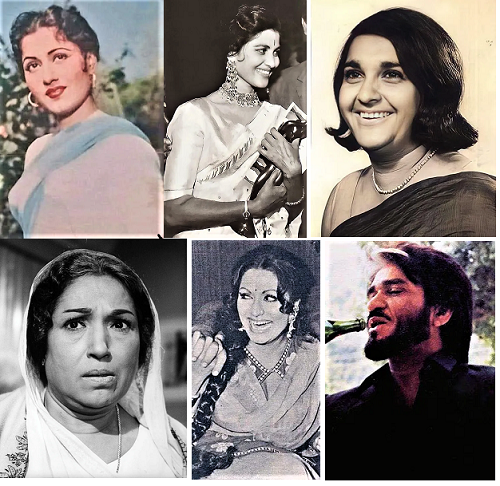
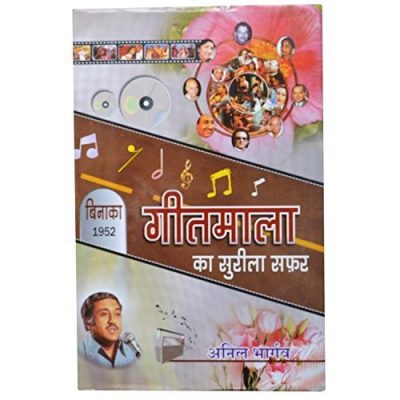
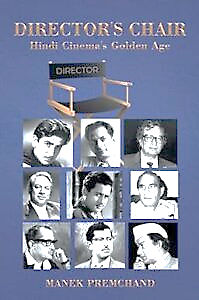
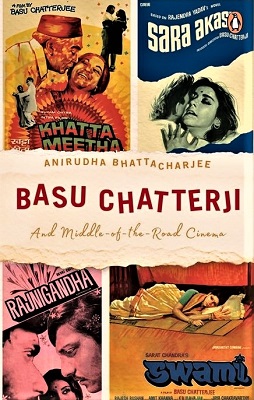

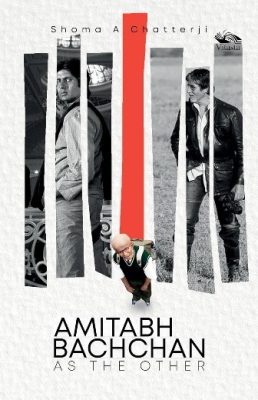
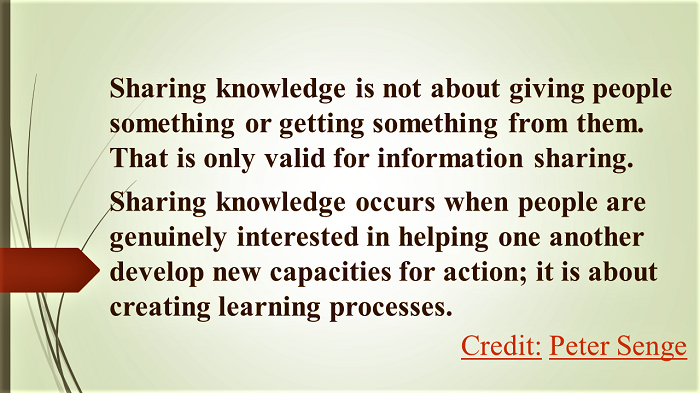
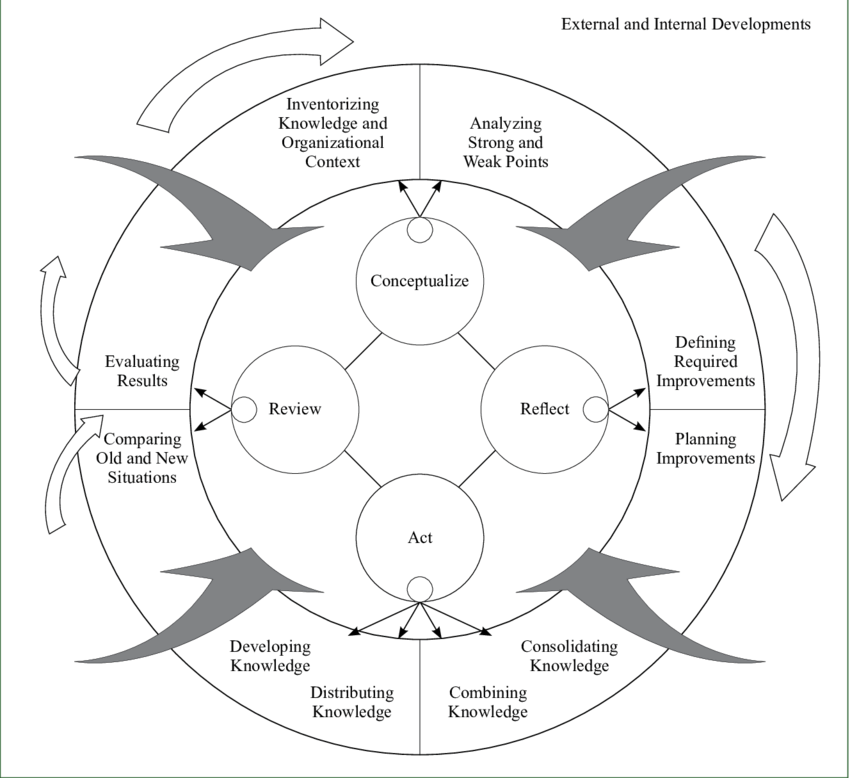
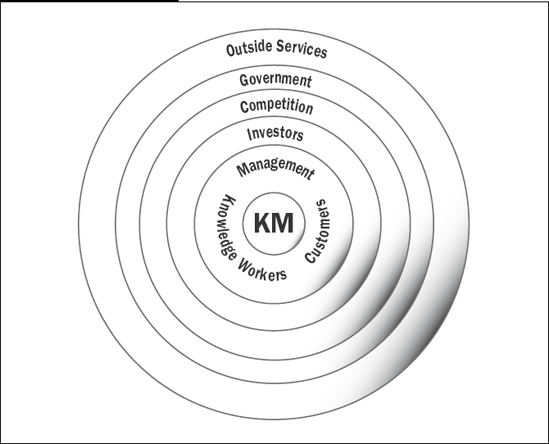
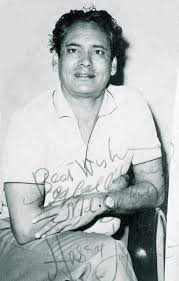 Hasrat Jaipuri (born Iqbal Hussain) – B: 15 April 1922 – D: 17 September 1999 – was a natural poet. His first ever, and the only, song for the films was for Shayar (1949) under the baton of Ghulam Mohammad. But luck seemed to have some other plans for him. That song never found the place in the film. Perhaps because the history was waiting to be created with his being associated with Raj Kapoor, and in turn with Shankar Jaikishan and Shailendra,
Hasrat Jaipuri (born Iqbal Hussain) – B: 15 April 1922 – D: 17 September 1999 – was a natural poet. His first ever, and the only, song for the films was for Shayar (1949) under the baton of Ghulam Mohammad. But luck seemed to have some other plans for him. That song never found the place in the film. Perhaps because the history was waiting to be created with his being associated with Raj Kapoor, and in turn with Shankar Jaikishan and Shailendra,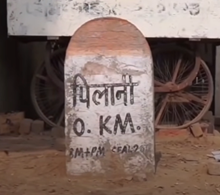
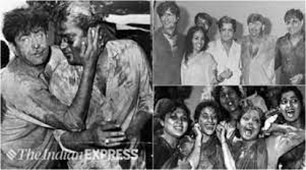
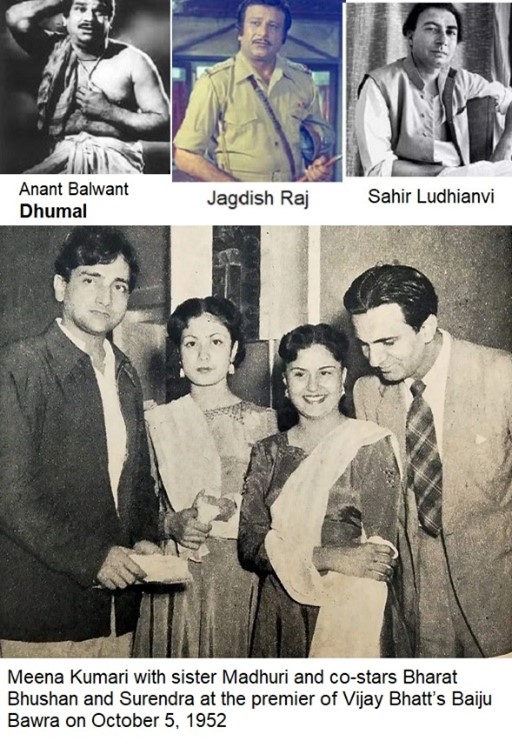
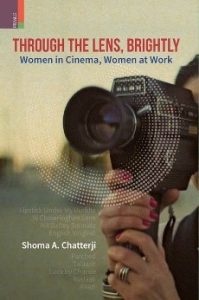 by Shoma A Chatterji, unearths how the ‘working woman’ has been presented in films directed by women. The book is divided into three parts. Part I, which serves as a general introduction to the theme. Part II and Part III of the book analyses nine significant films made by women directors where the author combines scholarly research and critical acumen to contextualize individual directors and the complexity of separating the feminine from the professional.
by Shoma A Chatterji, unearths how the ‘working woman’ has been presented in films directed by women. The book is divided into three parts. Part I, which serves as a general introduction to the theme. Part II and Part III of the book analyses nine significant films made by women directors where the author combines scholarly research and critical acumen to contextualize individual directors and the complexity of separating the feminine from the professional.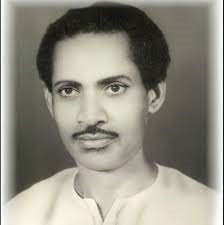 Ramprasad Sharma (1900 -1995) belonged to Gorakhpur in the then United Provinces (present day Uttar Pradesh). The band master of Bharatpur State recognised Ramprasad’s flare for instrumental music. Ramprasad played trumpet here. Ramparasad Sharma then played in Agra Military Band. This groomed him into the art of music arrangement to rise to the position of Band Master in a circus. He toured Delhi, Lahore and Calcutta with the circus. He settled for some time in Calcutta and worked for Columbia and New Theatres. At that stage, he mastered playing ten instruments and had acquired good knowledge of intricacies of classical raags.
Ramprasad Sharma (1900 -1995) belonged to Gorakhpur in the then United Provinces (present day Uttar Pradesh). The band master of Bharatpur State recognised Ramprasad’s flare for instrumental music. Ramprasad played trumpet here. Ramparasad Sharma then played in Agra Military Band. This groomed him into the art of music arrangement to rise to the position of Band Master in a circus. He toured Delhi, Lahore and Calcutta with the circus. He settled for some time in Calcutta and worked for Columbia and New Theatres. At that stage, he mastered playing ten instruments and had acquired good knowledge of intricacies of classical raags. As the indivisible half of the Laxmikant-Pyarelal duo, the eldest son of Ramprasad Sharma, Pyarelal (B:1940) neither needs any introduction to himself or his work. He started playing violin as young boy and had attained the status of grade A artist by the time he was midway into his teens. Just one illustration would suffice to demonstrate his skill and status as the violin player.
As the indivisible half of the Laxmikant-Pyarelal duo, the eldest son of Ramprasad Sharma, Pyarelal (B:1940) neither needs any introduction to himself or his work. He started playing violin as young boy and had attained the status of grade A artist by the time he was midway into his teens. Just one illustration would suffice to demonstrate his skill and status as the violin player.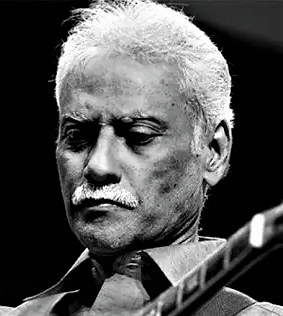 Gorakhnath Sharma (28 December 1946 – 26 January 2018), the second son of Ramprasad Sharma’s six sons and two daughters, learnt the basics of music form his father. He mastered the art of reading music notations and the art of playing various string instruments from him. Gorakh Sharma has played the mandolin, mandola, rubab, and numerous types of guitars like the acoustic, jazz, twelve-string, and electric guitar. Not only this, he was the first to have played the Bass guitar in the Indian film industry.
Gorakhnath Sharma (28 December 1946 – 26 January 2018), the second son of Ramprasad Sharma’s six sons and two daughters, learnt the basics of music form his father. He mastered the art of reading music notations and the art of playing various string instruments from him. Gorakh Sharma has played the mandolin, mandola, rubab, and numerous types of guitars like the acoustic, jazz, twelve-string, and electric guitar. Not only this, he was the first to have played the Bass guitar in the Indian film industry.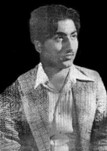 That the potential of Mohammad Rafi’s voice was first noticed by none other than the most noticed, and popular, voice of Hindi cinema, K L Saigal, is now a folklore tale that does not any more repetition. Similarly, when we pick up Mohammad Rafi’s songs of ‘40s, it, too, is now not necessary to remind that it was Shyam Sundar who gave the first ever break to Mohammad Rafi in 1942 in a Punjabi film, Gul Baloch. Nor too is any more necessary to remind that his maiden song in a Hindi film – a chorus for Pehle Aap (1944) – recorded by Naushad was to be the seed that was to grow as great Banyan Tree of the future bond of Naushad – Mohammad Rafi.
That the potential of Mohammad Rafi’s voice was first noticed by none other than the most noticed, and popular, voice of Hindi cinema, K L Saigal, is now a folklore tale that does not any more repetition. Similarly, when we pick up Mohammad Rafi’s songs of ‘40s, it, too, is now not necessary to remind that it was Shyam Sundar who gave the first ever break to Mohammad Rafi in 1942 in a Punjabi film, Gul Baloch. Nor too is any more necessary to remind that his maiden song in a Hindi film – a chorus for Pehle Aap (1944) – recorded by Naushad was to be the seed that was to grow as great Banyan Tree of the future bond of Naushad – Mohammad Rafi.